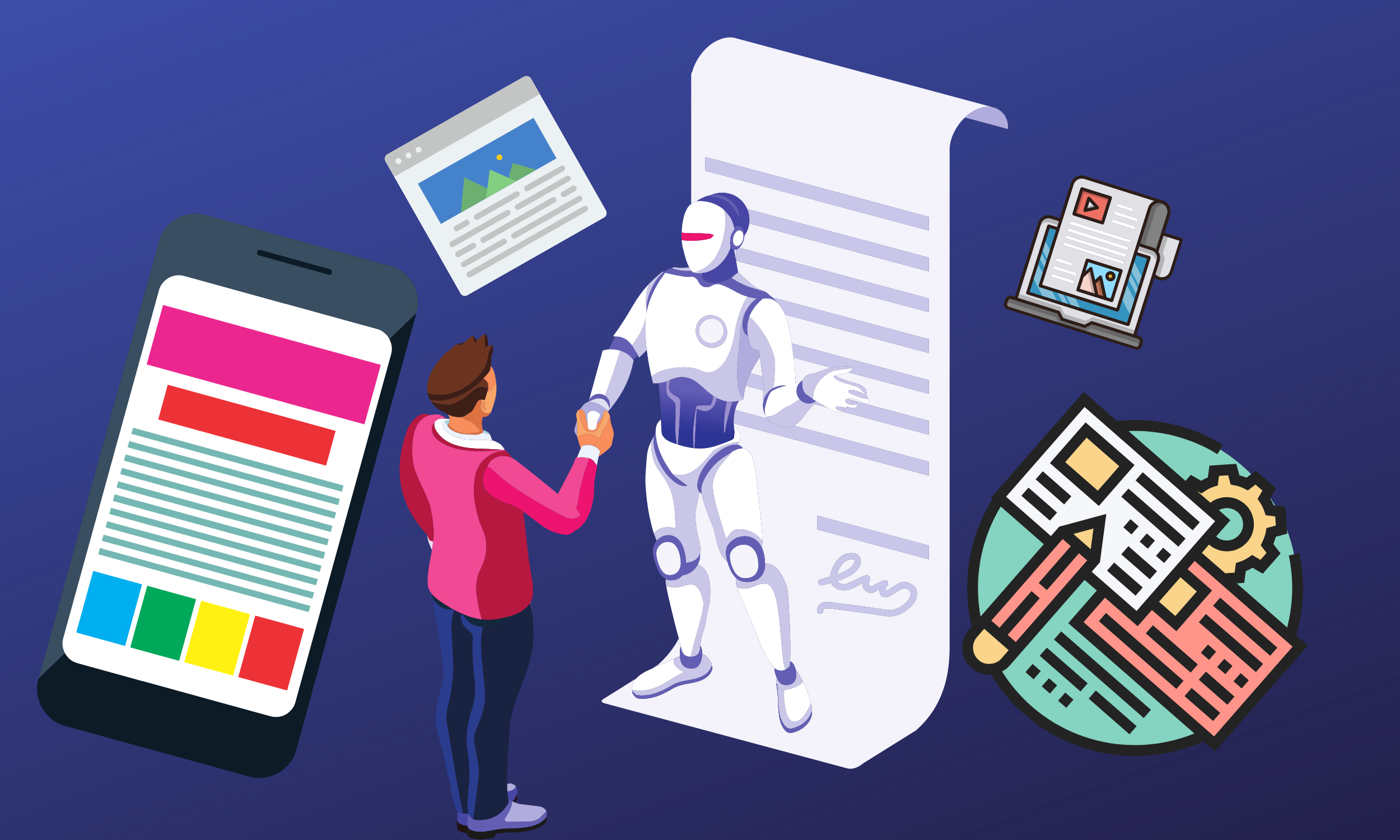The power of artificial intelligence (AI) in writing assistance tools like grammar checkers, rewriters and content generators is undeniable. From suggesting better wording to generating new outlines, these tools promise enhanced efficiency and improved writing quality.
However, beneath their helpful suggestions lies a hidden danger – the potential for perpetuating stereotypes and biases that exist in society. If the training data used to build these tools contains any discriminatory biases related to gender, race or other attributes, the AI will implicitly amplify those biases.
This can lead to offensive, inaccurate or otherwise harmful content suggestions that undermine creativity and inclusion. So how can we tap into the power of AI writing tools while safeguarding creativity and combating prejudice?
The Need for Responsible AI Development
First, we must recognize that like any technology, AI writing tools carry risks as well as benefits. The path forward lies not in avoidance but responsible development – building safeguards directly into these tools right from their design.
This requires focusing not just on technical solutions but on supporting diversity and inclusion through collaboration between companies building these tools, lawmakers, users and advocacy groups.
Only through such a comprehensive approach encompassing ethics, education and public policy can we harness the power of AI responsibly, creatively and for social good.
Building Inclusive Datasets
As machine learning algorithms, AI writing tools rely on training data to learn about language rules, styles and content themes. If this data itself contains stereotypical representations, those biases get amplified algorithmically.
The first safeguard then is using inclusive datasets that challenge prevailing stereotypes instead of reinforcing them. For instance:
- Actively seek diverse content sources written by people of different genders, races, religions or other attributes
- Use expert curation to filter out biased or inappropriate content
- Supplement existing text with counter-stereotypical examples
In addition, tool creators should proactively source writing examples that represent marginalized voices to build understanding and empathy.

Implementing Algorithmic Fairness
Even with inclusive datasets, algorithms can amplify small latent biases. Promoting algorithmic fairness counters this:
- Use debiasing models like adversarial networks or counterfactuals
- Have humans continually audit system outputs before showing users
- Assess whether suggestion quality differs across user demographics
- Enable transparency into how outputs are generated so users understand system limitations
Responsible AI requires not just removing stereotypes but actively building tools that support diversity, cultural sensitivity and inclusion.
Educating and Empowering Users
Even if tool creators build in safeguards, users ultimately govern how language generation capabilities get applied. Hence user awareness and customization are crucial:
- Inform users of potential biases in system outputs
- Provide customization around values and preferences
- Enable user feedback to flag inappropriate suggestions
- Train users in critical thinking skills to assess outputs
Empowered users who understand system capabilities and limitations are best positioned to unlock benefits while minimizing risks.
Promoting Openness and Collaboration
No one group alone can address complex issues like bias. The path forward entails coordination:
- Open source tool components so anyone can inspect for issues
- Develop cross-industry standards for fairness in writing tools
- Advocate for supportive regulations around use of Al generative writing capabilities
Collaborative development allows incorporating diverse perspectives while co-building societal norms and safeguards.
Fostering Inclusive Storytelling
Combating bias requires not just preventing harm but promoting inclusiveness:
- Infuse cultural sensitivity and accessibility into functionality
- Suggest constructive, respectful language alternatives
- Generate ideas reflecting diverse contexts and perspectives
- Guide users subtly towards inclusive narratives
Truly responsible Al empowers the voices of all groups, helping unfold the full richness of human creativity.
The Path Towards Responsible AI Innovation
Harnessing Al safely to enhance human creativity is a complex challenge but very achievable one. It calls for coordinated progress across:
- Building secure foundations via inclusive datasets and reduced algorithmic biases
- Empowering people by customizing functionality and educating users
- Promoting openness by sharing best practices and establishing standards
- Catalyzing creativity by generating inclusive narratives that respect all groups
Incremental progress across each area will stack up to tools that empower everyone creatively. The potential for writing tools that help share new perspectives and bring people together is enormous.
Through purposeful cooperation encompassing ethics, technology, policy and education, we can build an inclusive future powered by responsible AI innovation.
















Add Comment